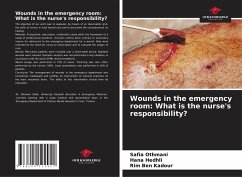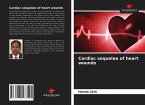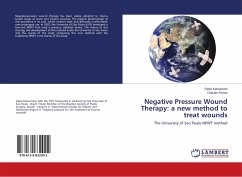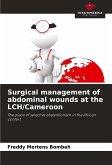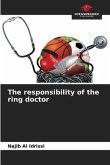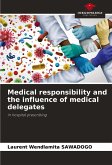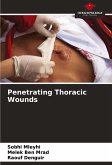The objective of our work was to evaluate, by means of an observation grid, the skills of nurses in local wound care and to document the consequences on healing. Methods: Prospective, descriptive, multicentre study within the framework of a study of professional practices. Inclusion criteria were: primary or secondary reason for admission to the emergency department for a wound. Data were collected by the observer using an observation grid to evaluate the stages of care.Results Fifty-seven patients were included over a three-week period. Eighteen wounds were sutured. Operator asepsis was not performed in any situation, in accordance with the latest SFMU recommendations.Wound lavage was performed in 75% of cases. Trimming was less often performed by the nurses (19%). Local anaesthesia was performed in 16% of patients. Conclusion The management of wounds in the emergency department was sometimes inadequate and justifies an intervention to improve practices on the least mastered items. The effect of this intervention should then be evaluated.
Bitte wählen Sie Ihr Anliegen aus.
Rechnungen
Retourenschein anfordern
Bestellstatus
Storno

